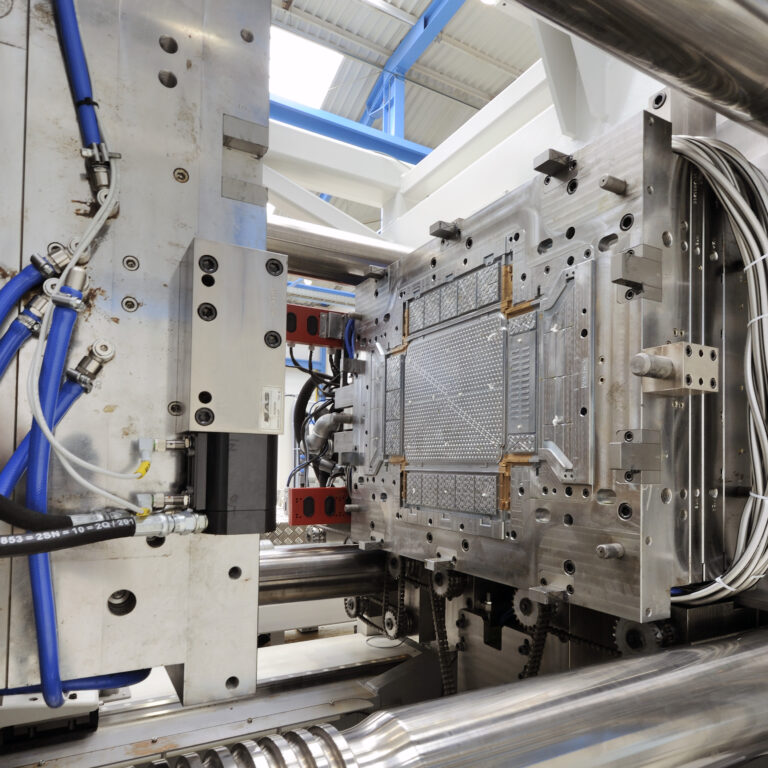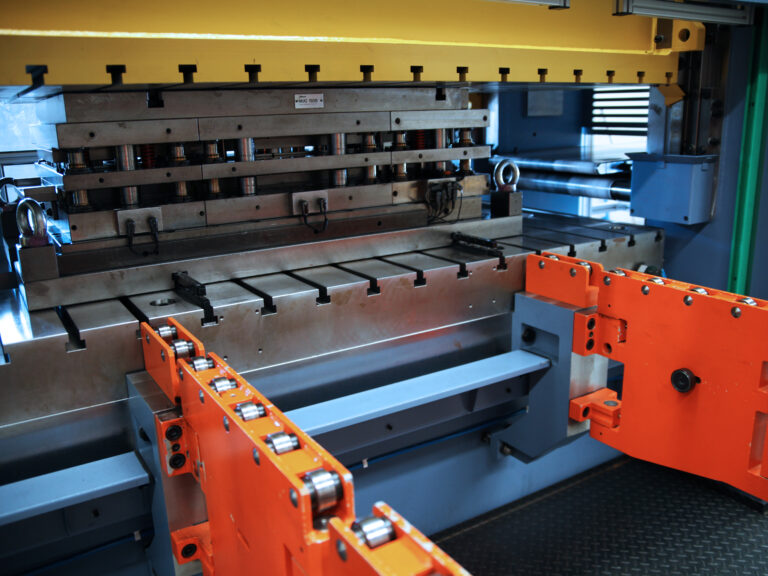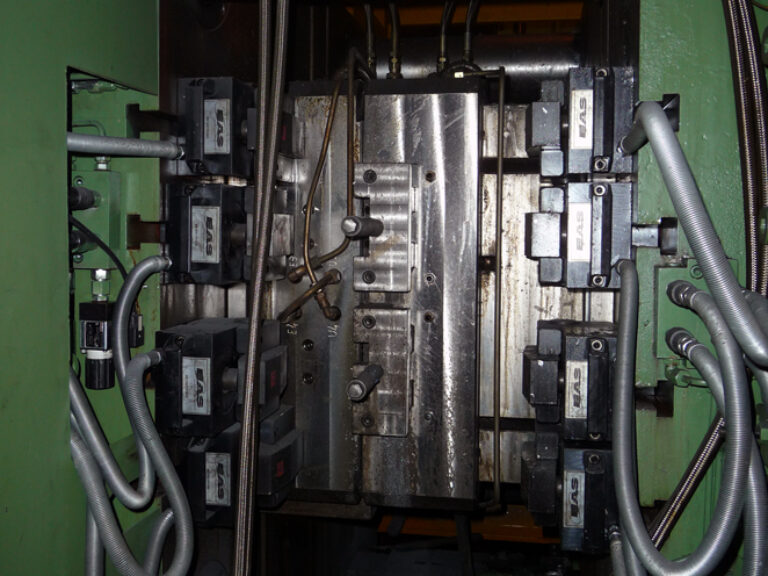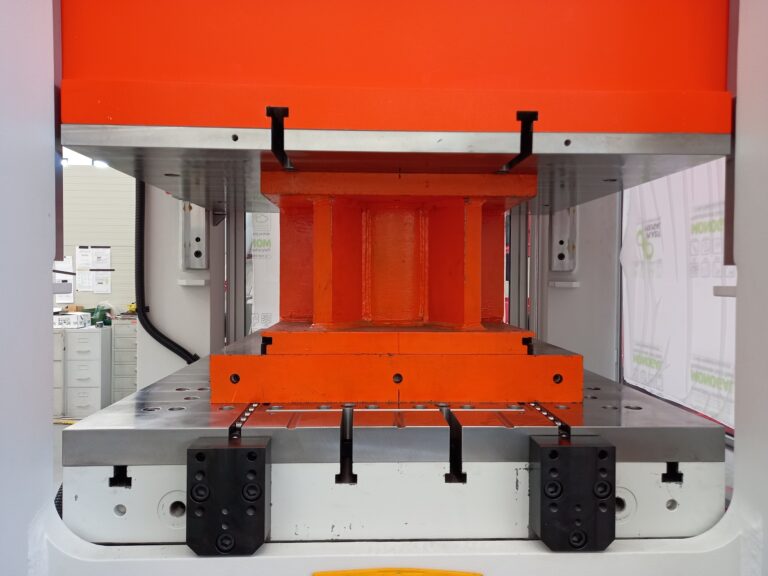Plastic injection molding
A growing sector of the plastics industry, plastic injection molding is the most common process used to produce plastic parts. The process of plastic injection molding is fast, meant to produce large quantities of the same plastic product in a short time span. Nowadays, the materials used are for instance thermoplastic, thermoset, elastomer, and/or metal(s). High-performance plastics that can withstand high temperatures are replacing the metals that are traditionally used in plastic manufacturing.
Plastic injection molding industry
The application of plastic injection molding is widely used in the production of plastic parts – from medical equipment to toys. In the aerospace industry and particularly the automotive industry, many parts are made with plastic injection molding. Take a moment to look around you. There’s probably a plastic object nearby. Very likely made by an injection molding machine.
The injection molding industry has seen a number of changes in recent years, including faster time to market. One of the key business strategies for plastic injection molders is to work with tooling partners to decrease lead times.
HOW DOES THE PLASTIC INJECTION MOULDING PROCESS WORK?
The basic manufacturing process of injection molding: plastic is melted in the plastic injection moulding machine and then injected into a mold under high pressure. There, the material is cooled, solidified and afterwards released by opening the two halves of the mold. This technique results in a plastic product with a predetermined, fixed form.
To facilitate production, the parts that play a role in the plastic injection moulding process must be carefully designed. The products made by plastic injection molding machines are first designed by an industrial engineer or a designer. Then, a moldmaker creates the mold – usually from steel or aluminum. This toolmaker takes all essential conditions into account: The material that is used for the end product, the features of the product; but also the material of the mold and the properties of the plastic injection molding machine.
IM process
The process cycle of injection molding itself consists of the following steps:
The mold is placed into the injection molding machine (IMM). The molding machine closes the mold and, thanks to the clamping tools, the mold stays closed during the plastic injection molding.
Read more about clamping and clamping force.
The plastic is fed into the IMM in the form of granules or pellets. The molding machine heats the plastic until it is liquid. The nozzle of the injection molding machine then injects the melted plastic into the mold (injection pressure). The cavity of the mold is now filled with the plastic liquid. This will then cool down to form a solid product. Finally, ejectors push the cooled product out of the machine as a finished part. The injection moulding process is complete.
HOW TO SPEED UP PLASTIC INJECTION MOLDING
The cycle time of the plastic injection molding process can be broken down into the injection time, cooling time, and the resetting or changeover time. By reducing any of these times, production cost is lowered. Frequent mold changes allow inventory to be reduced and provide faster response to market requirements. The Quick Mold Change Systems from EAS lower manufacturing cost by reducing changeover time.
How to lower costs of injection molding with Quick Mold Change Systems
One of the best practices requires a fully automated mold change. Not only will this decrease change over time, but it will also make the manufacturer a lot more flexible in his production quantity. An example of this is shown and explained in the article on the demonstration setup as made by Krauss Maffei, MundiMold and EAS change systems. Read more on how this co-creation led to a showstopper at the K2013.
Electropermanent magnetic clamping
EASchangesystems has installed hundreds of electropermanent magnetic clamping systems worldwide. This extensive experience ensures quality. Pressmag systems are specifically engineered for use on injection molding machines in combination with molds.
To meet the industry’s particular requirements, our innovative Pressmag design takes into account all the application needs;
- Daylight opening,
- Holding force and opening force
- Temperature range.
Adding the size of the machine into the equation, it is clear that these requirements are not met by just one system. EASchangesystems offers a range of magnetic clamping solutions.
Pressmag solutions
The EAS SP system is the preferred solution for smaller injection molding machines. This comprises the EAS-Y-MAG, the Pressmag SP100 and the Pressmag SP150. For machines bigger than 400 tons, the Pressmag HP system offers long-pole technology. The Pressmag LP system offers, next to the long-pole design, special touchscreen controls for accurate and reliable operating surveillance with a constant clamping force measurement.






